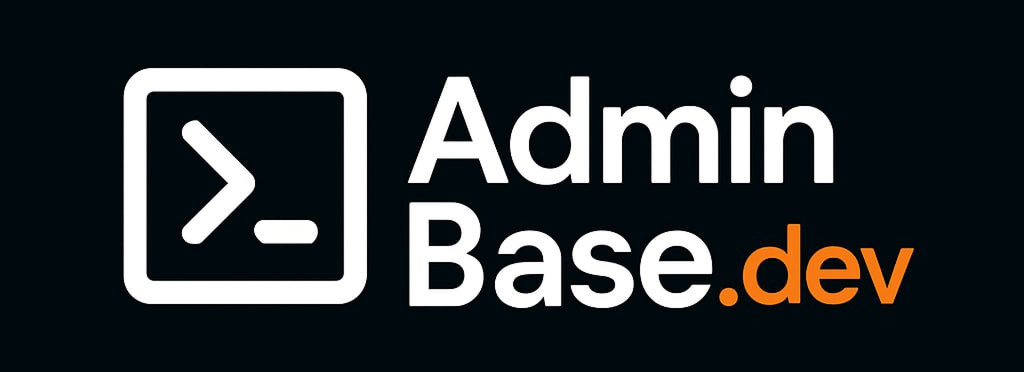Rundeck CE: If You’re Tired of Explaining Bash Scripts Over and Over
At some point, every team hits the same wall: someone needs to restart a service, run a job, or kick off a deployment — and they either don’t have access or don’t know the exact steps. So it falls back to the same people. Again and again.
Rundeck exists to break that loop. It gives you a web UI, role-based access, job history, logging, and repeatable automation. All without replacing your existing tools. It just wraps them.
What Rundeck CE Actually Offers
| Feature | What It’s Good For |
| Job orchestration | Define steps, commands, scripts — in order, with parameters |
| Web UI + API | Trigger jobs via browser or API calls — no need for shell access |
| RBAC (via ACLs) | Control who can run what, on which hosts |
| Node inventories | Define static or dynamic lists of servers |
| Scheduled executions | Cron-like timing, but with logging and notifications |
| Plugins | Extend with storage backends, scripts, SCM, notifications |
| Local or remote execution | Run jobs directly or via SSH on remote machines |
| Audit trail | Every job, every parameter, every output — logged |
When It Makes Sense to Use
– Repeating operational tasks that shouldn’t rely on tribal knowledge
– Giving devs or helpdesk teams access to common actions — with guardrails
– Triggering remote scripts without teaching SSH or Ansible
– Building automation with approvals, logging, and role control
– Replacing random notebooks full of `sudo this` and `run that`
It’s not a replacement for config management. It’s not a CI/CD engine. It’s an ops portal for tasks that keep coming back.
Typical Setup (Local Installation)
- Install Java (if not already present):
sudo apt install openjdk-11-jre
- Download and run the latest Rundeck WAR or DEB:
wget https://download.rundeck.org/community/latest/rundeck.war
java -jar rundeck.war
Or use the Debian package:
sudo dpkg -i rundeck.deb
- Open the interface:
http://localhost:4440
Default user is usually admin / admin.
4. Add a node (host), write a test job, and try running it — Rundeck logs every step.
Where It Shines and Where It Doesn’t
Strong sides:
– Clear interface — ideal for handing off ops tasks
– Every run is tracked — great for audit/compliance
– Integrates with scripts you already use
– Lightweight — runs fine on a small VM
– Community version is usable without being crippled
Rough edges:
– ACL syntax is YAML and not beginner-friendly
– Node definitions can feel clunky at first
– No native config management — Rundeck runs commands, it doesn’t manage state
– Job reuse across environments requires planning
– Some useful plugins are only in the Enterprise edition
Final Thoughts
Rundeck CE isn’t trying to run your infrastructure. It’s trying to take the repeat out of repeatable operations. If you’ve ever said “just run the script, it’s on server X in folder Y” — this tool can save you that sentence. And probably a few Slack pings too.






